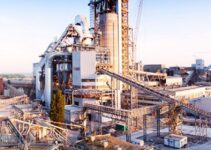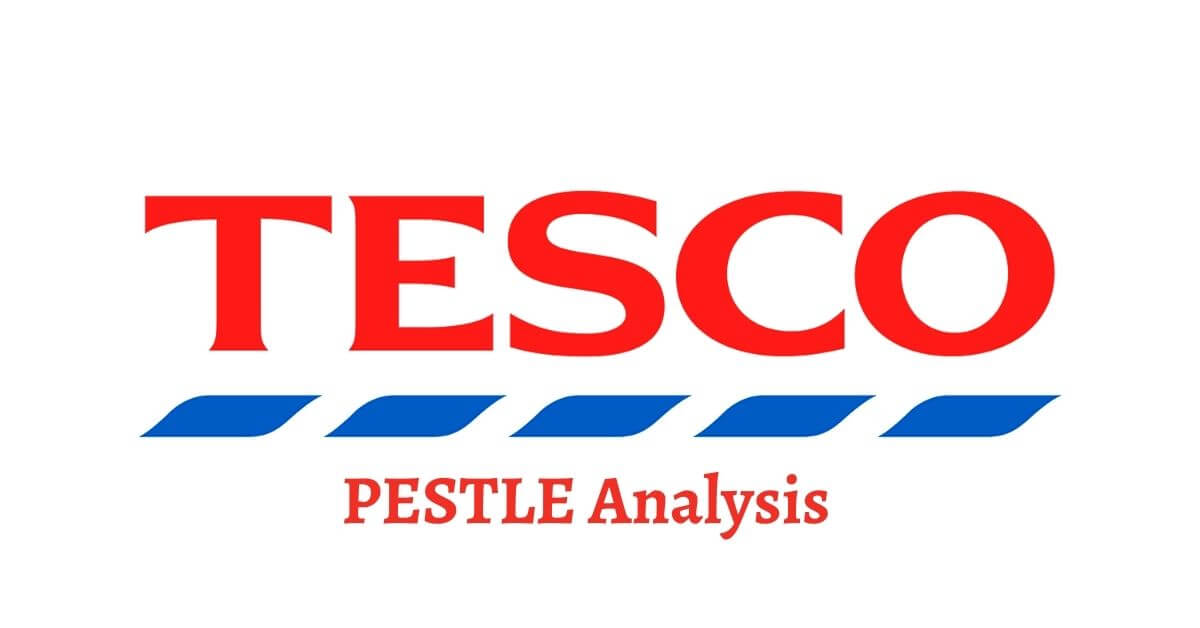Pestle analysis of Starbucks. Starbucks is an American multinational fast food and coffeehouse chain company. Jerry Baldwin, Zev Siegel, and Gordon Bowker established Starbucks in March 1971. Kevin Johnson is the current chief executive officer (CEO) of the brand. The headquarters of the company is situated in Seattle, Washington, USA.
Starbucks has built approximately more than 31256 location points across the world and has made it a global brand since 1971. Some of the main products of the company are coffee, fresh food, mugs, handcrafted beverages, accessories, gifts, non-food items, and packaging products.
According to a report published by macrotrends.net, the annual profit of Starbucks is 23.518 billion dollars by the end of 2020. Out of which the net income of the company after excluding all the expenses like salaries and taxes is 0.928 billion US dollars. There are approximately more than 346000 people working for the company worldwide in 2020.
Some of the major competitors of Starbucks are McDonald’s McCafe, Dunkin Donuts, Panera Bread, Tim Hortons, Costa Coffee, Café Coffee Day, and Costa.
In the pestle analysis of Starbucks, we’ll study different macro-environmental factors like political, economic, socio-cultural, technological, legal, and environmental. They’re out of the control of any company, but they have a great impact. For internal factors, checkout swot analysis of Starbucks Here’s the pestle analysis of Starbucks;
Political Factors
Violation of Hours & Wage Law
Political factors comprise foreign influence, government regulation, legislation, and local politicians. Companies like Shields and Carr are politically influencing Starbucks. The political circumstances aren’t favorable to the company.
For instance, some of the employees of Starbucks have filed two class-action lawsuits against the company for the violation of wage and hours laws. However, the brand is denying all the charges and liabilities of the lawsuit but agreed to settle without involving the litigations. According to an estimate, the company is paying the amount of settle of approximately 18 million US dollars.
Starbucks vs. Kraft Lawsuit
Starbucks and Kraft joined hands for a partnership in the retail coffee business in 1998; their annual revenue was roundabout less than 50 million US dollars. Termination of the contract brought the lawsuit of billions of dollars; the company would have to pay a huge sum of money for breaking the contract. This joint venture also taught Starbucks to change its focus to the consumer-based retail coffee business.
Political Relations for Raw Material
As we know Starbucks buys coffee beans from other countries. Therefore, the company has to make allies with the politicians of foreign countries and abide by their rules and regulations. Technological awareness has made it necessary for Starbucks to be politically involved. It means more expense on lobbying.
Economical Factors
Declining Profitability
If we analyze the earnings and profitability of the company from previous years, then it has decreased significantly. For instance, the annual revenue of Starbucks in 2019 was 26.509 billion US dollars, and in 2020 it was 23.518 billion US dollars. The net income of the company in 2019 was 3.599 billion dollars, and in 2020 it is 0.928 billion dollars. In other words, the annual revenue of Starbucks has decreased by 11.28% and net profit has declined by approximately 74.21% from 2019 to 2020.
Market Consumption Rate
There’s a very subtle relationship between price and demand. When the price of coffee increases, its demand decreases significantly. As we know Starbucks has high prices of its products competitively. The company should keep in mind the market consumption rate of coffee, cold drinks like juices and shakes, and the income level of consumers. If prices of substitute products like juices increase, then people will turn to coffee when people have increasing income.
Inflation/Import/Exchange Rates
Starbucks is a multinational brand, and it has hundreds of suppliers worldwide. Imports taxes on supplies of raw materials and the exchange rate of different countries are a real headache to the company. Because a small increase in the exchange rate could cost the brand millions of dollars. An increase in the inflation rate drops the buying power of consumers. As a result, the demand for coffee declines.
Social Factors
Changing Customer’s Preferences
Customer preferences and buying trends keep on changing every year, and it impacts the growth and profitability of the company. For instance, the consumer market has shifted towards organic food and a healthier diet in recent years. Nowadays fast food companies are also tailoring their products according to the market requirements.
Starbucks, however, has taken the step a bit earlier by offering natural energy drinks and fresh handmade juices to health-conscious customers. It was a great step for the company.
Cheaper Products
Some critics suggest that Starbucks should lower its prices. If the company does it, then it would have to lower its product quality. There’s one other option that Starbucks has chosen by offering two types of products to the customers. The company is offering cheaper products with less quality to the price-conscious market, and premium products to the quality-conscious customers.
Changing Demographic
The coffee consumer generation is retiring everywhere. Generation X and millennials are increasing. Now Starbucks has to change its focus to the new demographic. It means the company should have to adopt new marketing strategies by targeting the younger generations. It requires studying their interests, habits, lifestyle, and what kind of things they’re into.
Starbucks Shared Planet
Starbucks has recently launched a campaign by the name of “Starbucks Shared Planet.” It’s in response to the criticism that the company is receiving from social and environmental activists. The purpose of this campaign is to show the world that the company is doing a fair trade deal. The brand is also working with the African Wildlife Foundation for the production and promotion of environmentally friendly coffee.
Technological Factors
Unlimited Wi-Fi
Starbucks started a new service of free and unlimited access to Wi-Fi in 2010. It attracted a lot of new customers, where they can work by sipping a hot cup of sweet coffee. The company exploited a great use of technology. Many other companies also followed the same trend later on.
Saving coupons
Starbucks is currently working with Apple to launch a mobile application for saving coupons. It would allow users to earn saving coupons by using the application.
Biotechnology
Starbucks is working on the latest biotechnology for the quick growth of coffee plants. It would help the company to save time and other variable costs. The purpose of the use of technology is to serve the customer better and find innovative ways to reduce the emission of carbons and other gasses.
Online Shop Locator
Starbucks has recently launched a new service by the name of the online shop locator. The purpose of this application is to help the customer to find the nearest online Starbucks café. Customers can also order online coffee by using this app. The company also offers a home delivery service.
Legal Factors
Environmental laws
Governments and people have become very cautious about pollution, global warming, and other environmental issues. The purpose of these movements is to reduce waste. The best way to reduce waste is to use recyclable materials because you can’t clean up tons of waste around the world. Starbucks has taken very good steps in this regard by launching recyclable cups.
Health & Safe Laws
Governments of different countries have implemented health and safety laws to regulate companies so that they follow hygienic and healthy protocols. Starbucks follows the farmer equity protocol. It increases the growth and productivity of coffee beans and it is also good both for the environment and the people. The producers of Starbucks keep the caffeine level low to avoid its side effects on consumers.
Trade Laws
According to an estimate, Starbucks buys coffee beans from approximately 24 countries; 6 are African countries out of them. That’s why trade laws and import taxes are very important to the company. The brand has to maintain good relationships with local politicians so that they make suitable laws for the company. It also makes it easier for the company to get the license and trade permission.
Environmental Factors
Biodegradable Cups
In the beginning, Starbucks used to serve coffee with paper cups and they weren’t recyclable and hazardous to the environment. The brand started using cups made of biodegradable and you can recycle them. According to the ranking of Fortune 500, Starbucks falls in the 9th position of using renewable energy among the world’s top 500 companies.
Fuel-Efficient Equipment
According to a study, 81% of the greenhouse is from electric stores and 18% is from roasting coffee. Starbucks has started using fuel-efficient tools to reduce greenhouse gas emissions. The company also provides 10% discounts to those customers who bring reusable cups along with them.
Conclusion: Starbucks PESTLE Analysis Example Company
After an in-depth study of the pestle analysis of Starbucks, we have realized that the economic crisis has reduced the profitability of the company. The company has a strong brand name and market position. Therefore, Starbucks should also keep in the macro-environmental political, economical, social, technological, legal, and environmental factors.

Ahsan Ali Shaw is an accomplished Business Writer, Analyst, and Public Speaker. Other than that, he’s a fun loving person.


